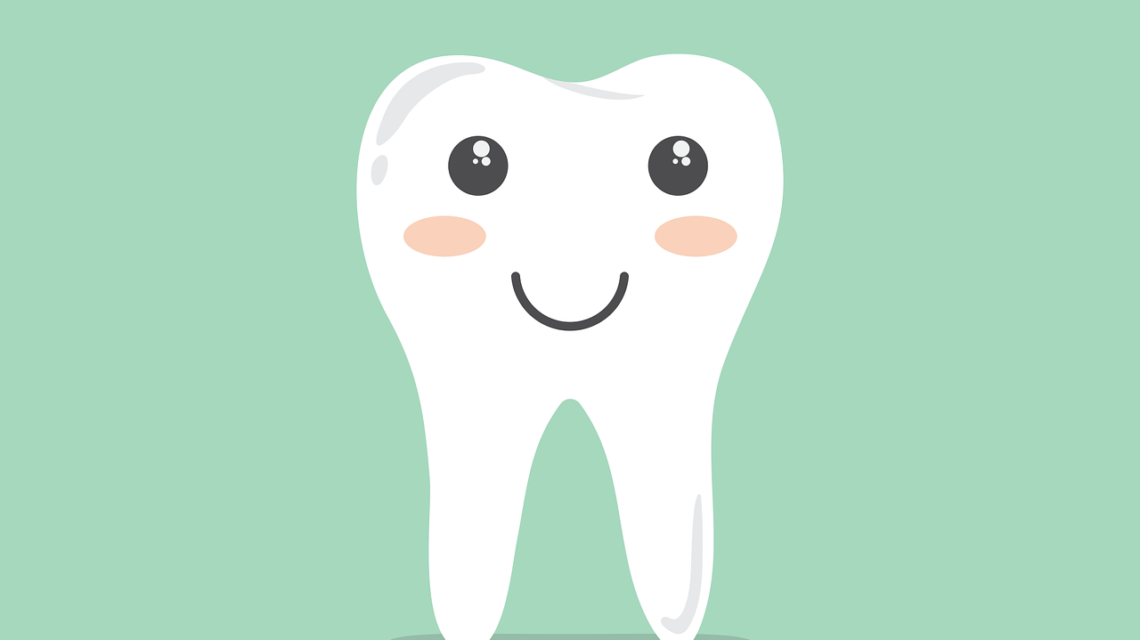They shred, cut, tear, crush, and grind our food, and they look good doing it, too! Our teeth play a vital role in the digestive process, breaking down food into small enough pieces so it can then be further broken down by enzymes in our saliva, intestines, and stomach, and used to fuel the body. But what are these white, armored-eating tools we call teeth composed of? At Country Club Dental, we’re a family dental practice in Flagstaff that offers a full scope of general and cosmetic dental services and treatments for every stage of life. Our team is passionate about giving you a functional and beautiful smile and helping you understand the importance of maintaining it. In this post, we’ll talk about the makeup of your teeth.
The Two Main Parts
Your overall tooth is made up of two main parts, the crown and the root. The crown is the white part of the tooth that you can see above the gumline. And the root is unseen, below the gumline, and is embedded into the jaw. Some of your teeth toward the front of your mouth have one root, while your molars have either two or three roots.
The Four Tissues
Each tooth is composed of four layers of tissue that play different roles in the health and structure of your teeth. (Don’t be deceived by the use of the word tissue. Most of these layers are quite hardy and strong.)
1. Enamel
Enamel is the hard outer surface of your teeth—made of minerals like calcium and phosphate—that protects your teeth and also helps them appear white and brilliant. It’s the strongest substance in your body, even stronger than your bones! Without enamel, the grinding process involved in eating would quickly wear down your teeth. In addition, tooth enamel insulates your teeth and helps protect them from drastic temperatures or harmful chemicals.
2. Dentin
Underneath your enamel is a thick layer of off-white or yellowish tubules, or tubes, called dentin. Unlike your enamel, dentin is alive. And when the enamel is worn down, or tooth decay has exposed the dentin, you may experience sensitivity. In addition to sensitivity, exposed dentin can also be the culprit of that unfortunate discoloration of your teeth.
3. Pulp
It might be odd to think that our teeth have their own blood vessels, but they do! Pulp is the softer, living inner structure of the teeth. The pulp is where blood vessels, nerves, and connective tissues reside that keep the tooth alive.
4. Cementum
Cementum is a thin layer of connective tissue on the surface of the tooth root. It attaches to the periodontal ligament that connects the tooth to the alveolar bone. Essentially, the cementum holds your tooth in its socket, like its name suggests.
A Family Dental Practice in Flagstaff
As a family dental practice in Flagstaff, AZ, Country Club Dental is committed to caring for your family’s teeth, from their new formation in the baby stage, and all the way through the senior years of life. We believe your teeth should do the job they’re meant to do without causing you pain or discomfort. That’s why we recommend a daily oral care regimen of brushing twice a day for two minutes at a time, and flossing once a day, in addition to your bi-annual cleanings and checkups. If you’re looking for a caring, family dental practice in Flagstaff, call us today: (928) 526-4314.
Images used under creative commons license – commercial use (1/23/2019) Pixaby


